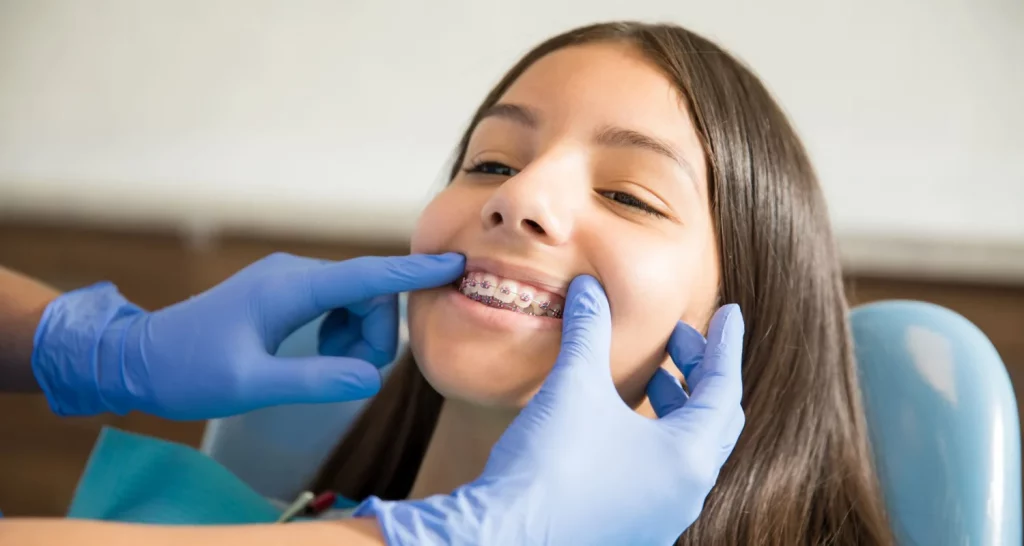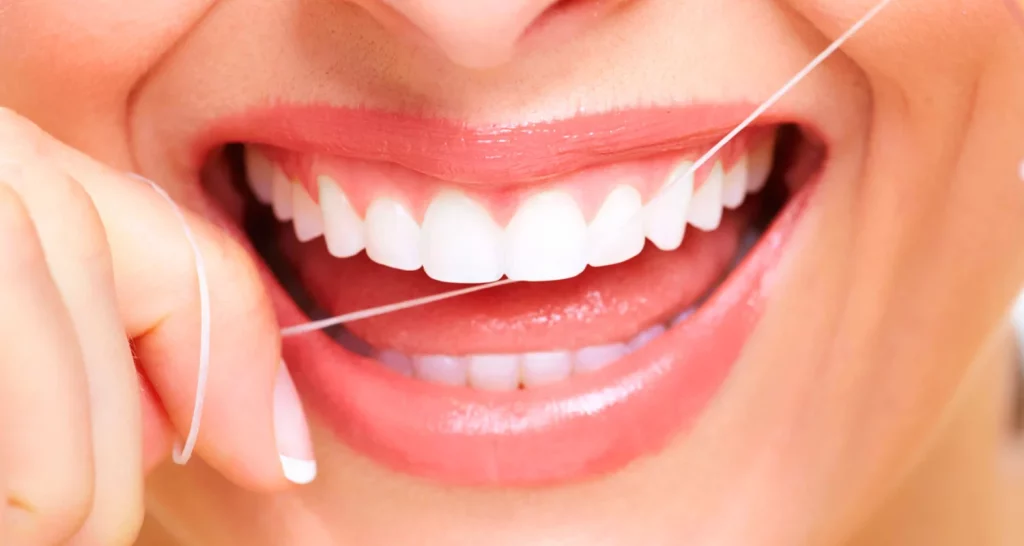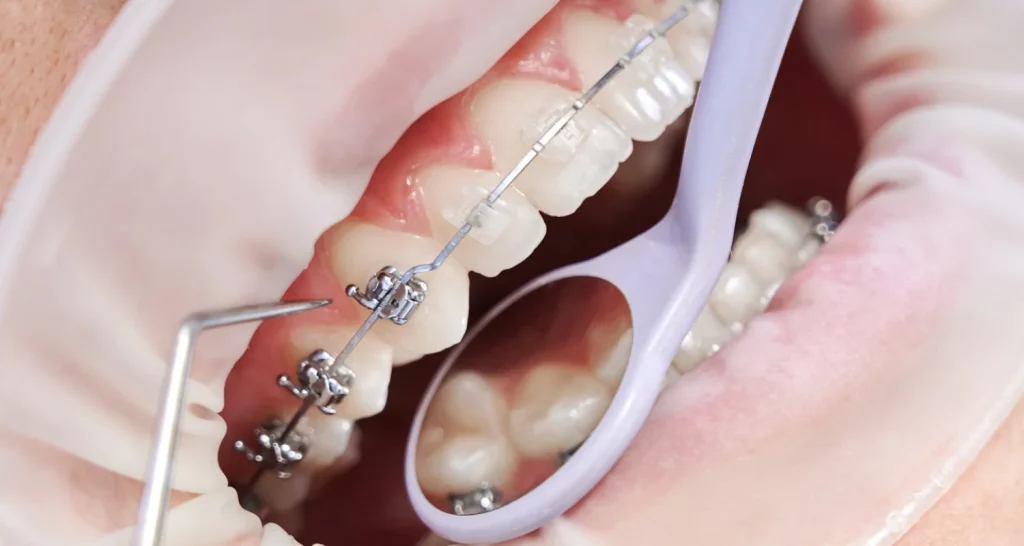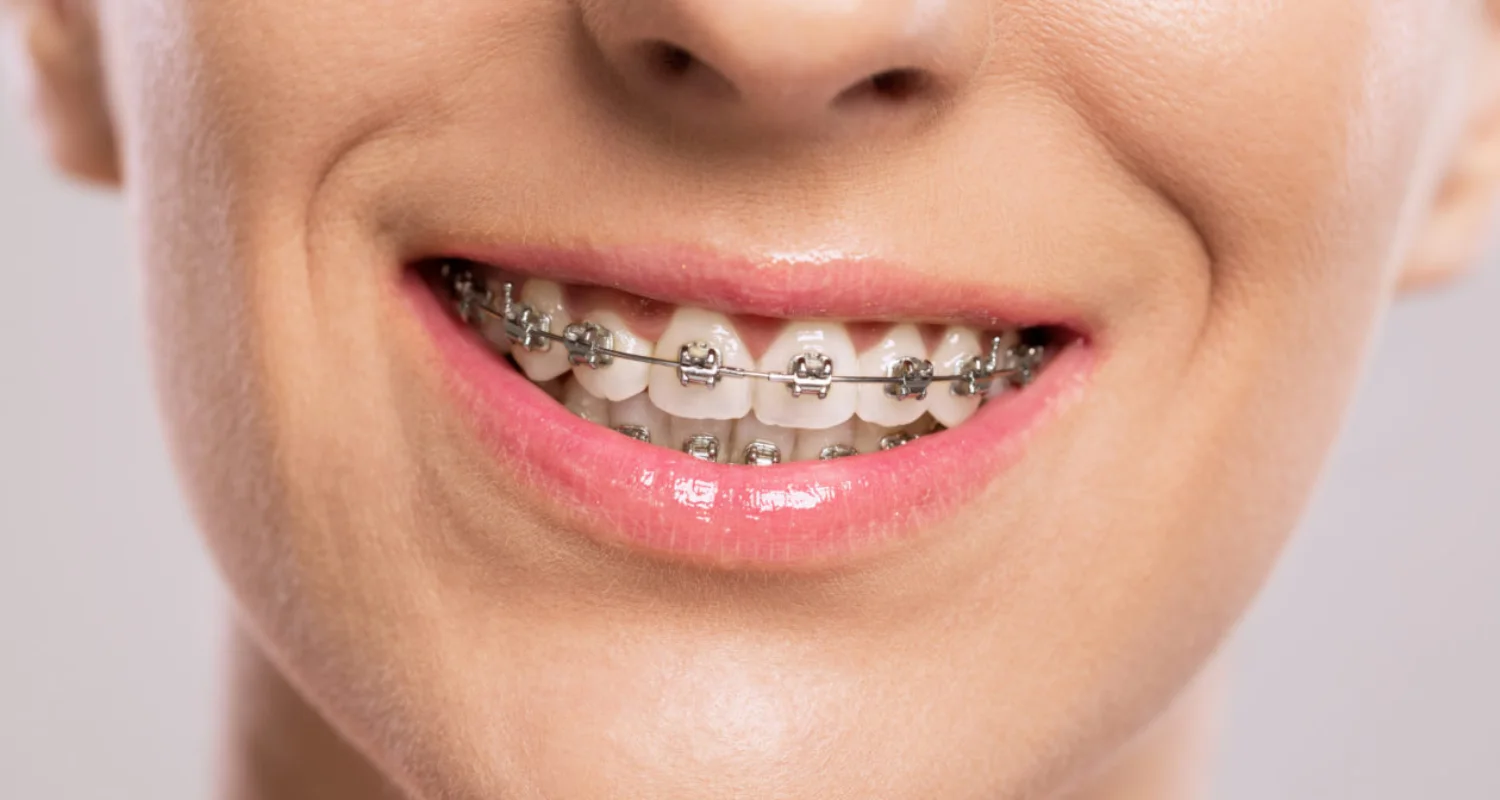✓ Fact Checked 🕓
❙ Our team of writers, editors, and medical experts rigorously evaluates each article to ensure the information is accurate and exclusively cites reputable sources.
❙ We regularly assess how the content in this article aligns with current scientific literature and expert recommendations in order to provide the most up-to-date research.
Prevention Of Orthodontic Problems
Orthodontic problems can be a source of discomfort and shyness. From crooked teeth to misaligned bites, these problems can affect both the aesthetics of your smile and your overall oral health. However, the good news is that many orthodontic problems can be prevented or mitigated with the right strategies and care. In this article, we will explore several ways to prevent orthodontic problems, from early interventions to maintaining good oral hygiene throughout life. So, let’s dive in and find out how to keep your smile looking and feeling its best.
Early Orthodontic Evaluation


Orthodontic problems usually begin at a young age. It is essential to identify and address these problems early to prevent them from worsening. Here are some ideas about early orthodontic evaluation:
● Dental check-ups: Regular dental checkups for children will help identify orthodontic problems early on. Dentists and orthodontists can detect signs of misalignment or irregularities in developing teeth and jaws.
● Intervention options: If problems are detected, orthodontic interventions such as early orthodontic treatment, braces, or space maintainers may be recommended. These interventions can help guide the growth and alignment of the teeth and jaws.
The Role of Genetics
Genetics can play an important role in the development of orthodontic problems. Understanding your family’s dental history should provide insight into potential problems. Here’s what you should know:
● Family history: Ask your family members about their experiences with orthodontics. If any of your family members have needed orthodontic treatment, genetics may be influencing your oral health.
● Early awareness: If you have a family history of orthodontic problems, it is essential to be proactive about regular dental checkups and early intervention. Your dentist can closely monitor your oral development and take preventive measures if necessary.
Dental Habits and Oral Health


Maintaining good oral hygiene is a crucial aspect of preventing orthodontic problems. Here are some tips to keep your teeth and gums healthy:
● Brushing and flossing: Proper brushing and flossing techniques are essential to preventing cavities and gum disease, which can exacerbate orthodontic problems. Brush at least twice a day and floss once a day.
● Avoid bad habits: Habits such as thumb sucking, nail-biting, and using your teeth as tools can lead to misalignment and other orthodontic problems. Identifying and addressing these habits early can make all the difference.
Factors and Signs of Malocclusion
● Contributing factors: Abnormal eruption, unusual tooth sizes, and eruption in incorrect areas are some common causes.
● Signs to observe: Parents need to watch for signs such as uneven jaw size, poor dental habits, and breathing or tongue problems.
Bad Habits that Modify Normal Tooth Development are:


1. Airway problems
● Deviated nasal septum
● Mouth breathing
● Allergies
2. Language problems
● Large (hypertrophic) tonsils
● Improper tongue placement (atypical swallowing)
● Location of the tongue between the teeth (lingual Interposition)
● Tooth problems
● Caries
● Early loss of baby teeth
● Any tooth contact that prevents the other surfaces from reaching each other (occlusal interference)
● Bad habits
● Finger sucking.
● Pacifier sucking
Nutrition and Diet
What you eat can affect your oral health and potentially contribute to orthodontic problems. Consider the following:
● Balance diet: A diet rich in nutrients such as calcium and vitamin D is essential for strong teeth and bones. These nutrients promote proper tooth development and can help prevent orthodontic problems.
● Limit sugary foods: Excessive consumption of sugary snacks and drinks can lead to cavities and gum problems. Limit sugary treats and opt for healthier alternatives like fruits and vegetables.
Orthodontic Treatments


● Preventive orthodontics: It focuses on monitoring and correcting irregularities before they fully manifest.
● Interceptive orthodontics: It acts to correct these irregularities using removable or fixed appliances at an early stage.
● Age for preventive orthodontics: The ideal age to begin preventive orthodontics is between four and seven years old when the primary dentition erupts.
● Advantages of Preventive Orthodontics
⮕ Fewer complications: Reduces the likelihood of facing complex problems in the future.
⮕ Cost and duration reduction: Treatment is generally less expensive and shorter in duration.
⮕ Less painful: The process is less invasive and therefore less painful for the patient.
● Risks and Care During Treatment
⮕ Rigorous dental hygiene: It is essential to avoid problems such as plaque buildup and soft tissue injuries.
⮕ Brushing and flossing: It is essential to do it more frequently and thoroughly.
⮕ Interdental brushes: They help clean around the brackets and between the teeth.
⮕ Use of retainers: Important to maintain the results once the devices are removed.
Orthodontic Treatment Options
Sometimes, despite preventative efforts, orthodontic problems can still develop. In such cases, it is essential to explore treatment options:
● Brackets: Traditional metal braces are effective in correcting a wide range of orthodontic problems, from crooked teeth to misaligned bites.
● Invisalign: Clear aligners like Invisalign offer a more discreet and comfortable option for orthodontic treatment. They are virtually invisible and can be removed for eating and cleaning.
● Retainers: After orthodontic treatment is completed, retainers help maintain results by preventing teeth from returning to their original positions.
Conclusion
Prevention and timely treatment of orthodontic problems are essential to ensure good oral health. Parents play a crucial role in this process and must be well-informed and committed to their children’s dental care. A professional is vital for effective and less invasive treatment. Through proper care and treatment, it is possible to efficiently correct orthodontic problems, ensuring a healthy and functional smile for life.
Preventing orthodontic problems requires a combination of early evaluation, good dental habits, knowledge of genetic factors, a healthy diet, and access to orthodontic treatment when necessary. By following these strategies you can maintain a beautiful and healthy smile throughout your life. Remember that regular dental checkups and consultations with orthodontic specialists are essential to staying on top of your oral health.
Frequently Asked Questions
What are preventive orthodontic measures?
Preventive orthodontic strategies, also referred to as interceptive, usually begin between two and six years of age. This therapeutic approach pays special attention to the structure of the dental arches, the premature replacement of primary teeth, and the correction of habits such as thumb sucking. In many cases, applying these treatments early can decrease or even obviate the need for more complex orthodontic treatments in the future.
How is malocclusion prevented?
To prevent malocclusion, it is important to discourage children from acquiring habits such as thumb sucking. Although many malocclusions have a hereditary origin and are inevitable, certain practices can help reduce their incidence. In addition, tooth loss can lead to the development of malocclusion, making it advisable to consider replacements such as dental implants or bridges if you have lost a tooth.
A typical example of preventive orthodontics includes treatments such as:
● Space maintainers: These devices are used to preserve the space left by a baby tooth that has fallen out prematurely.
● Headgear: They are used to readjust the position of the jaw and generate the space necessary for the correct eruption of permanent teeth.
Share:
References
1. Karaiskos, N., Wiltshire, W. A., Odlum, O., Brothwell, D., & Hassard, T. H. (2005). Preventive and interceptive orthodontic treatment needs of an inner-city group of 6- and 9-year-old Canadian children. Journal (Canadian Dental Association), 71(9), 649.
2. American Academy of Pediatrics. (Jan, 2011). Dental Health and Orthodontic Problems. Healthychildren.org. https://www.healthychildren.org/English/healthy-living/oral-health/Pages/Dental-Health-and-Orthodontic-Problems.aspx
3. Brazier Y. (May, 2018). How can orthodontic treatment help?. Medical News Today. https://www.medicalnewstoday.com/articles/249482
4. Better Health Channel. (n/f). Orthodontic treatment. Department of Health, State Government of Victoria, Australia. https://www.betterhealth.vic.gov.au/health/conditionsandtreatments/orthodontic-treatment











